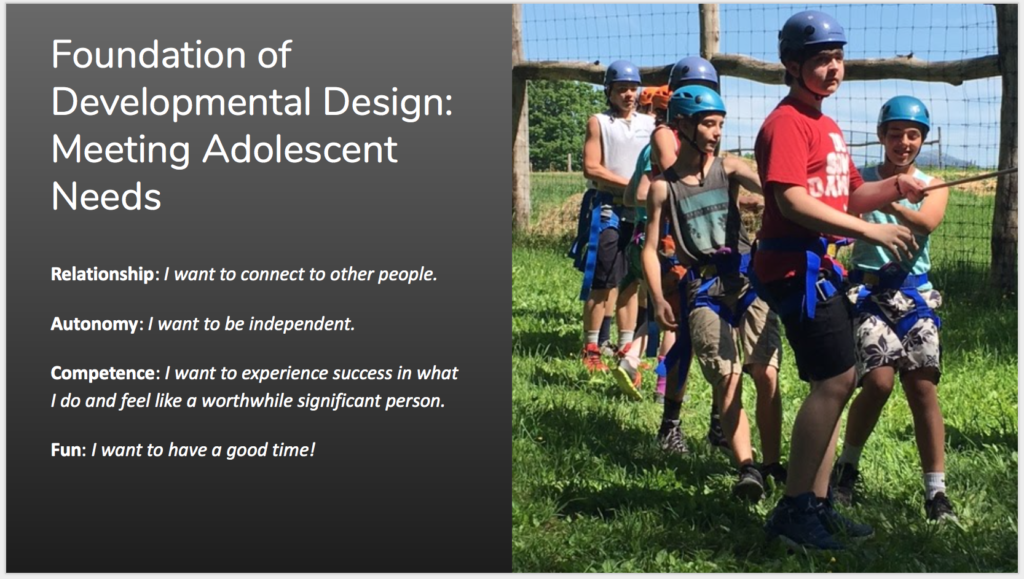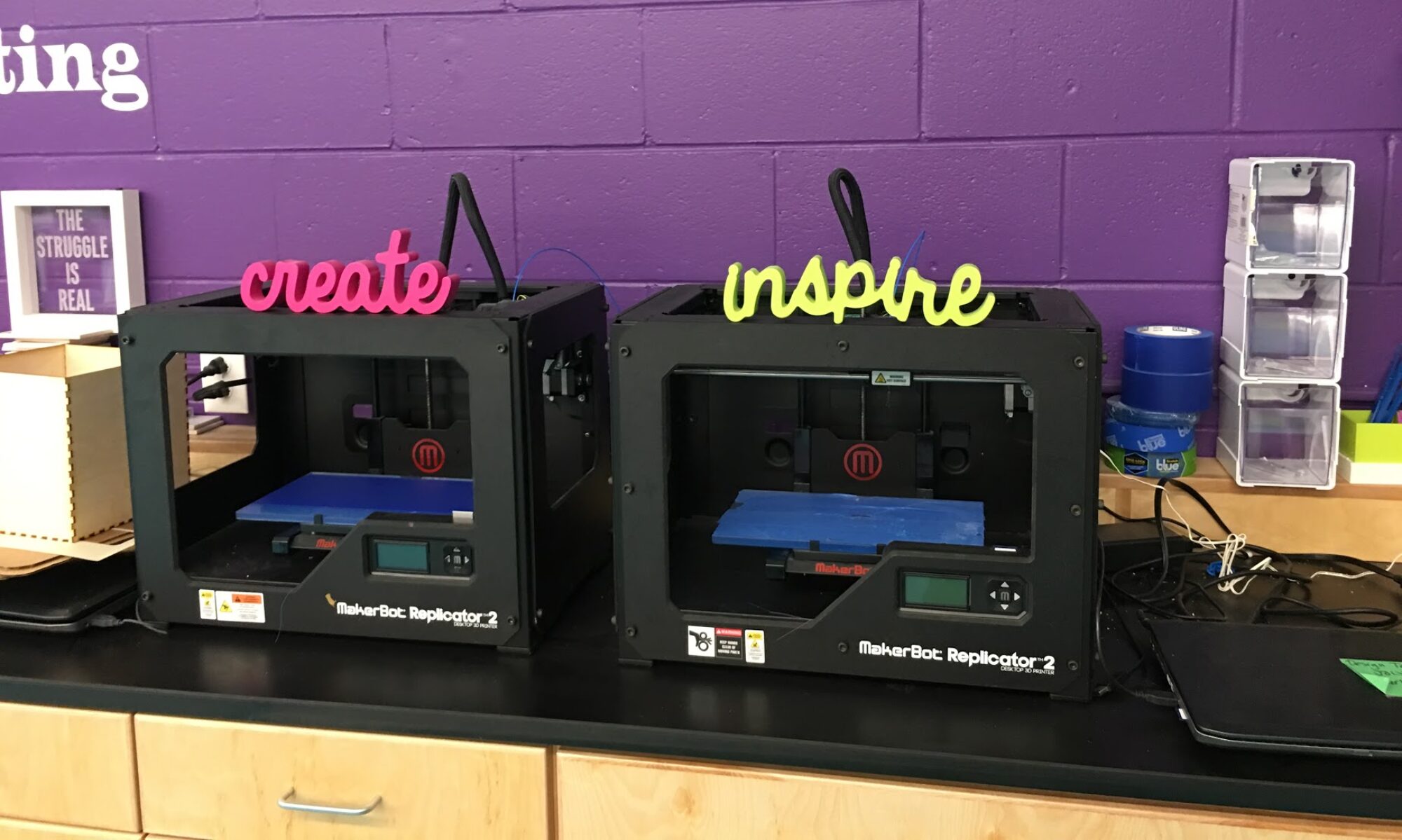It takes a courageous village
 In order for student centered learning to happen, we have to invest in explicitly teaching (and reteaching) routines, expectations, and behaviors for learning. The beginning of the year is an ideal time to first establish a culture and community for learning.
In order for student centered learning to happen, we have to invest in explicitly teaching (and reteaching) routines, expectations, and behaviors for learning. The beginning of the year is an ideal time to first establish a culture and community for learning.
But it takes time to learn and practice these routines.
Often, we feel the pressure of time urging us to jump right into our first units, yet without this foundation in place we can find ourselves spending valuable time redirecting student behavior, rather than focusing on content-specific learning.
It takes courage to acknowledge that we need to model, teach behaviors, and establish routines before we can ask students to learn. #everydaycourage.
Who wants their first day of in-service to be like this?
Yesterday was the first day back in school for teachers at Brattleboro Area Middle School. Like most first days of in-service, it included many common items: delicious baked goods, new staff welcomes, inspirational You Tube videos.
But there was something else today that gave me goosebumps.

It was teachers leading the charge in their buildings to improve student dispositions. The leadership team here at BAMS decided that in order for them to accomplish the heady and aspirational learning goals for the year, the staff needed to start out the year with students by focusing on the basics: building relationships with students and teaching social skills.
At BAMS, leading your colleagues in PD and discussions. #everydaycourage @innovativeEd pic.twitter.com/MtTJi7RDPn
— Rachel Mark (@VTEducare) August 24, 2017
It takes guts to step up in front of your colleagues
Several members of the staff have been trained in the Developmental Designs model, and they chose to share their knowledge with them.
Here’s the rationale: when we are explicit with our middle school students, we are meeting their developmental needs as adolescents.
This slide from BAMS curriculum coordinator Julianne Eagan’s presentation adeptly captures the ways in which the Developmental Designs model meets adolescent needs:

But why right now?
After summer break, students and teachers are often eager to dive back into learning. Amidst the honeymoon-mood of those first days together, it can be easy to breeze over establishing clear and explicit classroom routines and expectations. Yet setting up (parameters) and maintaining classroom routines and expectations (monitoring) accounts for about 50% (parameters and monitoring) of effective classroom management according to Mark & Christine Boynton (2005).
So it makes sense that we spend a good part of our time those first days setting up our classroom to run smoothly. Some of the best advice we’ve received on this topic came from our Developmental Designs training:
“Assume nothing, teach everything.”
That means everything: how to move a chair, get a drink, sharpen a pencil, talk with a partner, set-up a heading on a paper — everything.

And in my experience, investing time in establishing and practice routines will pay in dividends. After several rounds of modeling and practice, I found that my own students could transform the classroom from a sea of tables and chairs to a circle of chairs in approximately 53 seconds- quietly, safely, and quickly.
How to set up routines for student-directed learning
First, identify classroom routines, materials, and learning skills that are crucial to success.
It can be helpful to create a list of routines to model in the first few days of school. Check out this article on how to pick high impact routines. For each routine, think about how it should go- what are the steps students will need to know to be successful.
This video from Developmental Designs outlines one way to plan and model routines:

- Teach students the routine. Demonstrate the routine for students, then ask them to notice what you did.
- Invite students to try it out, then discuss possible pitfalls or situations that may arise, and discuss how to handle them. Always model the right way to do something; while amusing, modeling what not to do can stick in our minds and detract from the success of the routine.
- Check back in on how things are going. Help students reflect on how the routines are going. If they’re going well, what are the keys to success? If they need tweaking, ask students to identify the trouble spots and problem solve. This repeated reflection will preserve the integrity of the routine, showing students that you mean what you say, and you believe smooth routines are the foundation of success.
- It takes courage to spend precious PD time on the importance of teaching social skills. But trust us, it will pay off.
One last word from Boynton & Boynton
“The most effective classroom discipline systems take a prevention approach to student disruptions. When teachers develop positive student relations, effectively use monitoring skills, and establish clear parameters of acceptable student behavior they are well on their way to creating a discipline system that will prevent most problems from developing. It is, however, important for teachers to realize that even the most effective prevention approaches will not eliminate the need for consequences.”
–Boynton & Boynton, 2005
Conversation management can be another tricky area. This article will help you think about how to set up to have successful whole group conversations.
Need more details? Read this piece where middle school math teacher Jeff Nesheim describes starting his year by modeling routines.
Again, while it takes courage to acknowledge that we need to model, teach behaviors, and establish routines before we can ask students to learn, this foundational work sets students up for successful self-directed learning.



One Reply to “A Developmental Designs approach to student-directed learning”
Comments are closed.